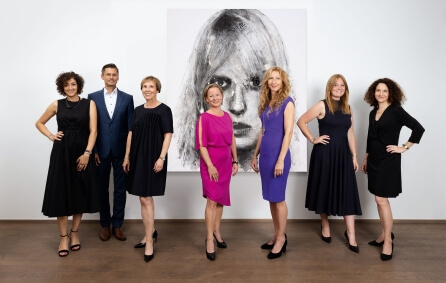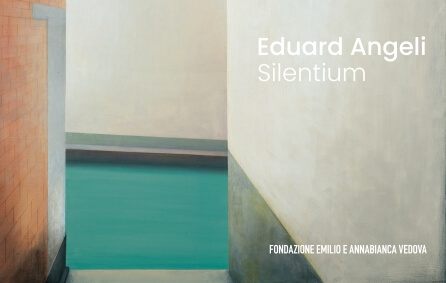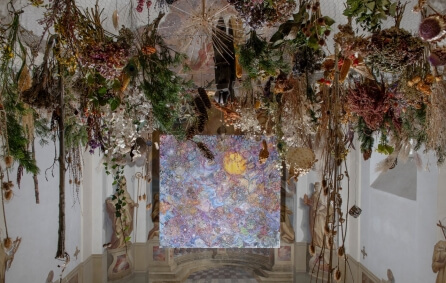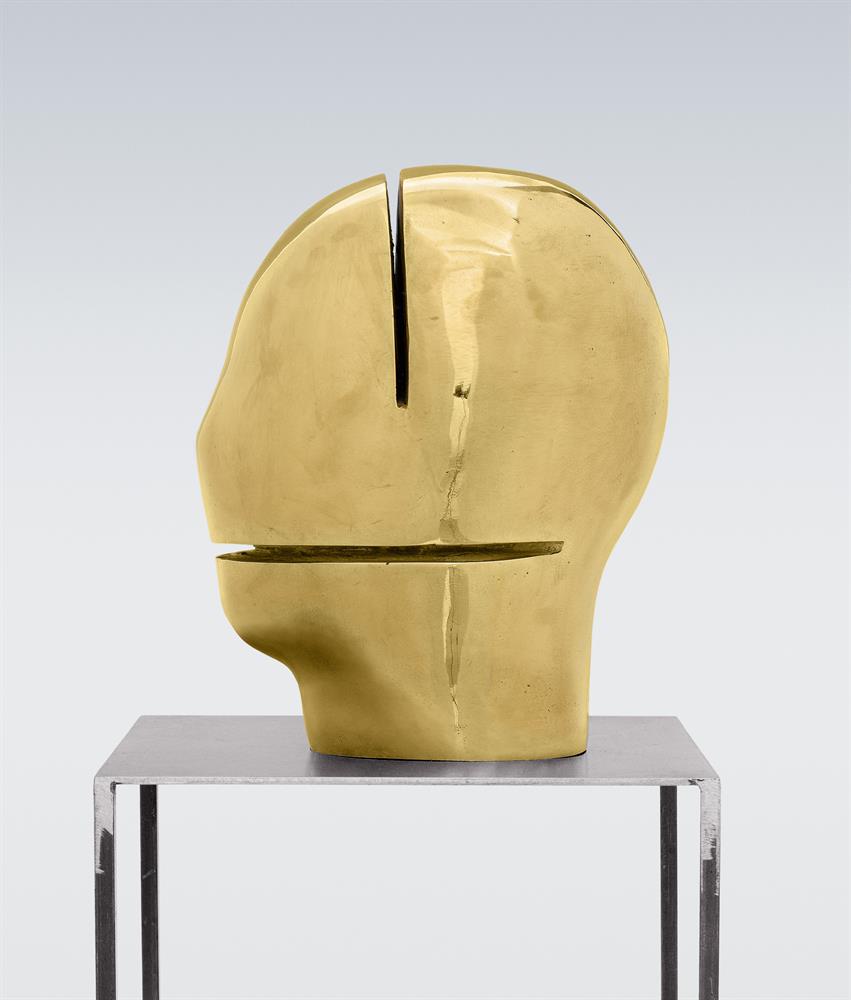
Alfred Haberpointner
(Ebenau bei Salzburg 1966)
The following artworks are for sale

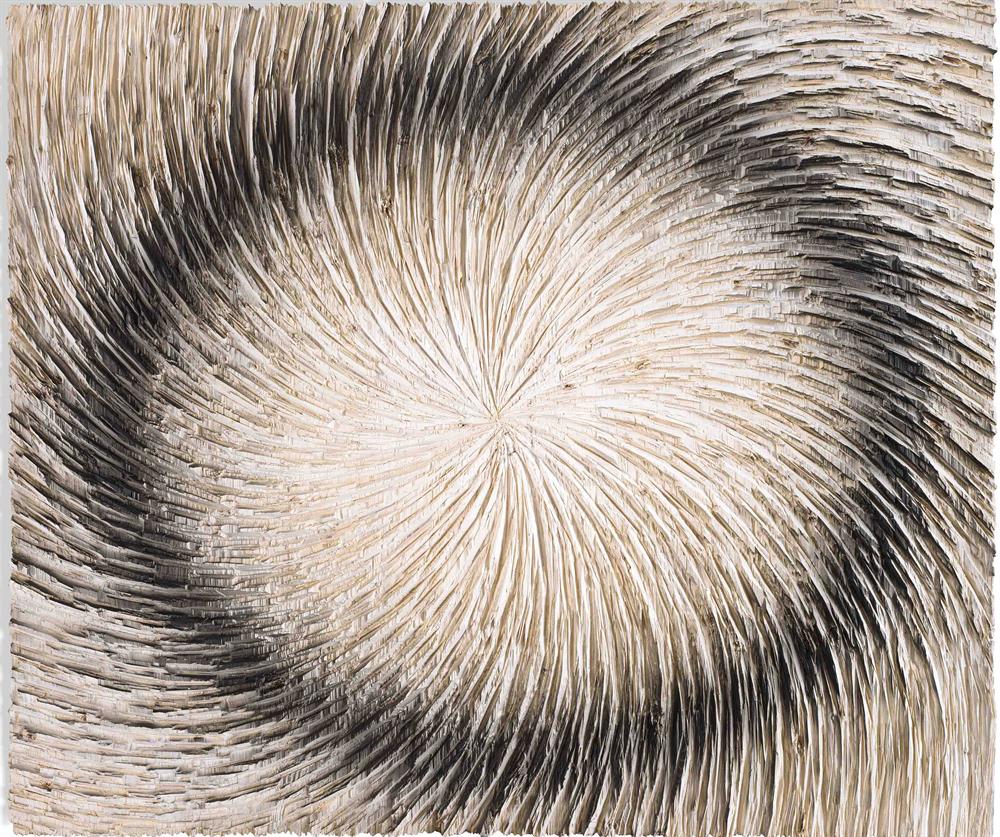 56
56Haberpointner Alfred O. T. 2023
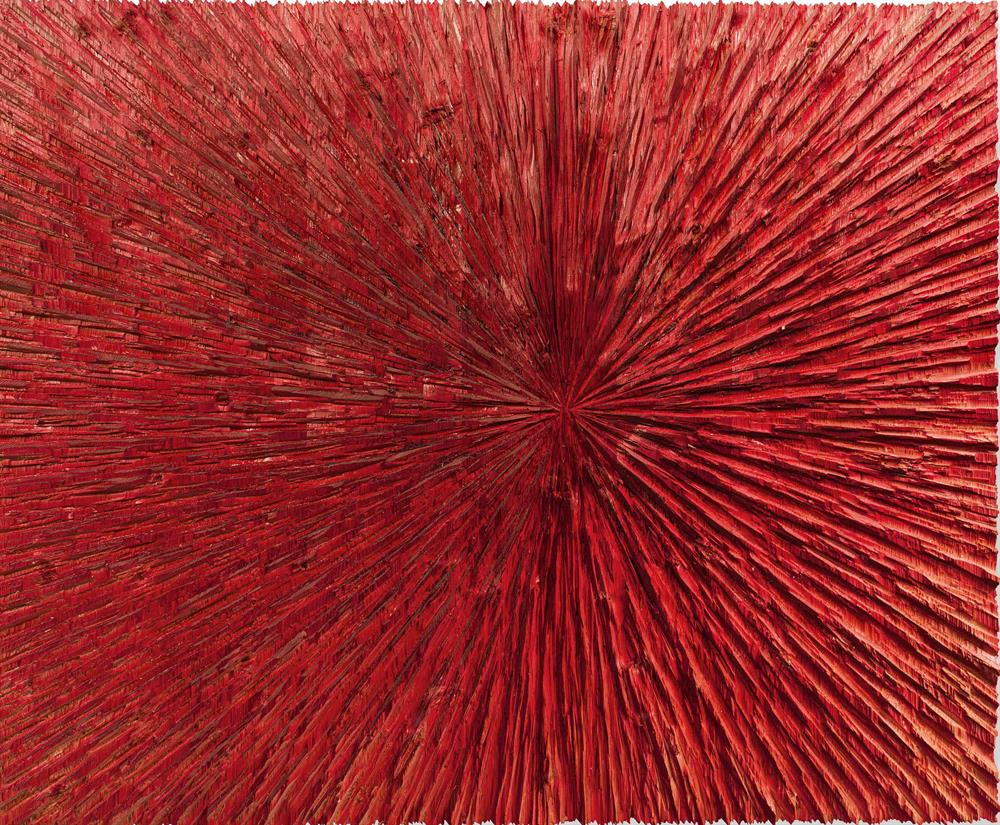 55
55Haberpointner Alfred O. T. 2022
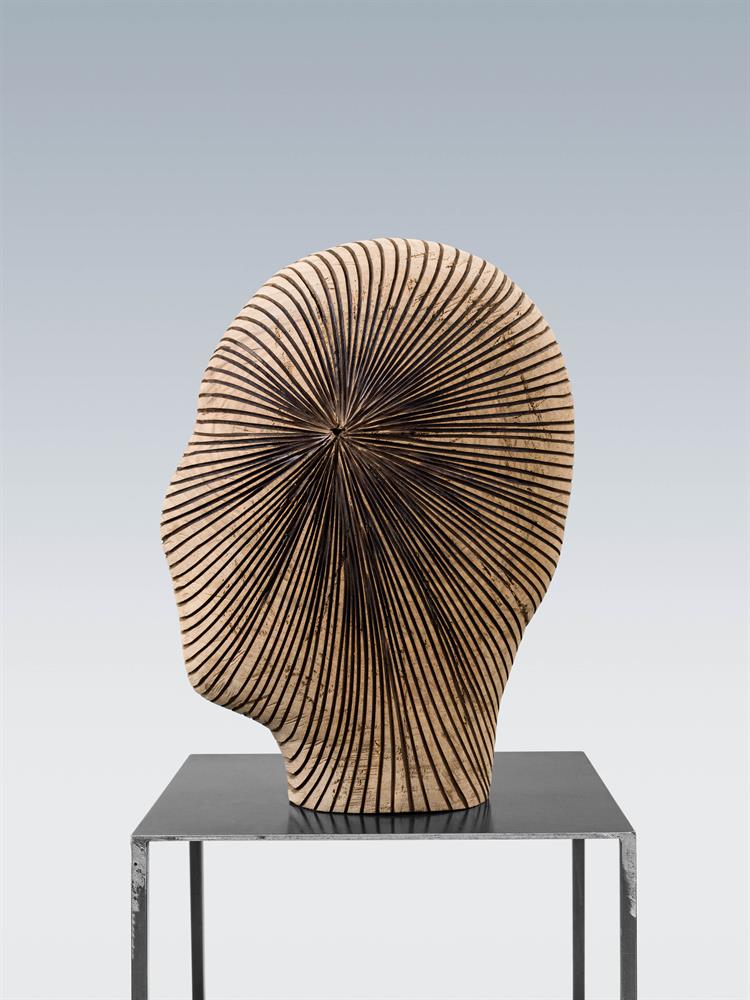
Haberpointner Alfred untitled 2022
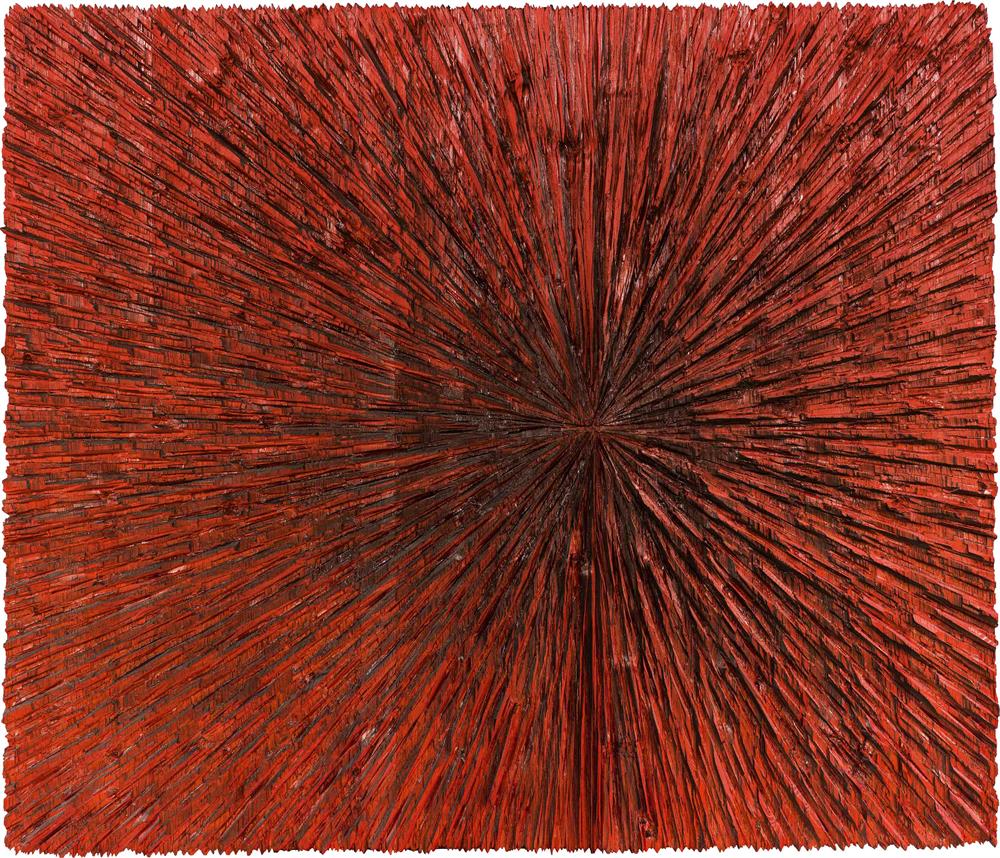
Haberpointner Alfred O. T. 2021

Haberpointner Alfred O. T. 2021
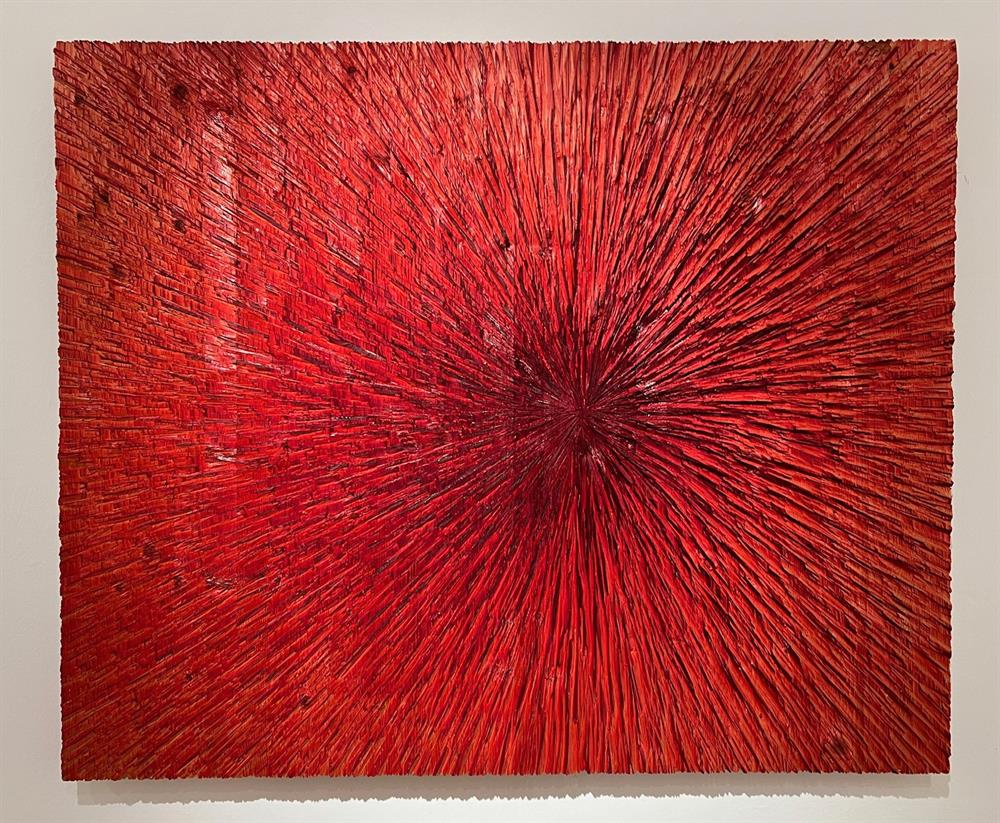
Haberpointner Alfred O. T. 2015
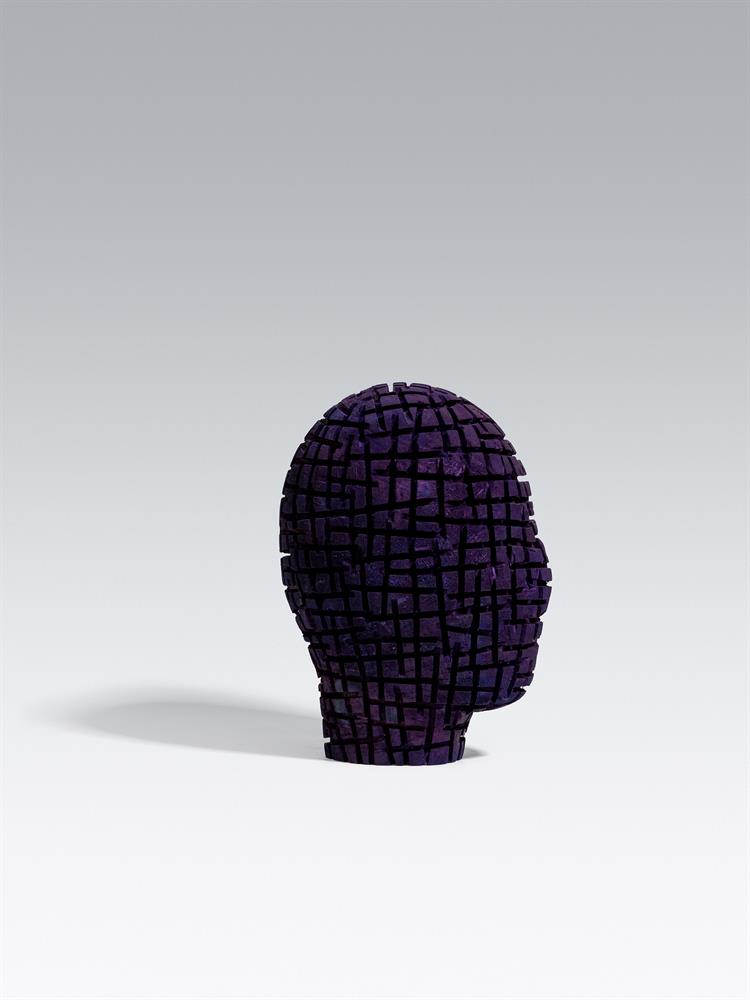
Haberpointner Alfred O. T. 2021
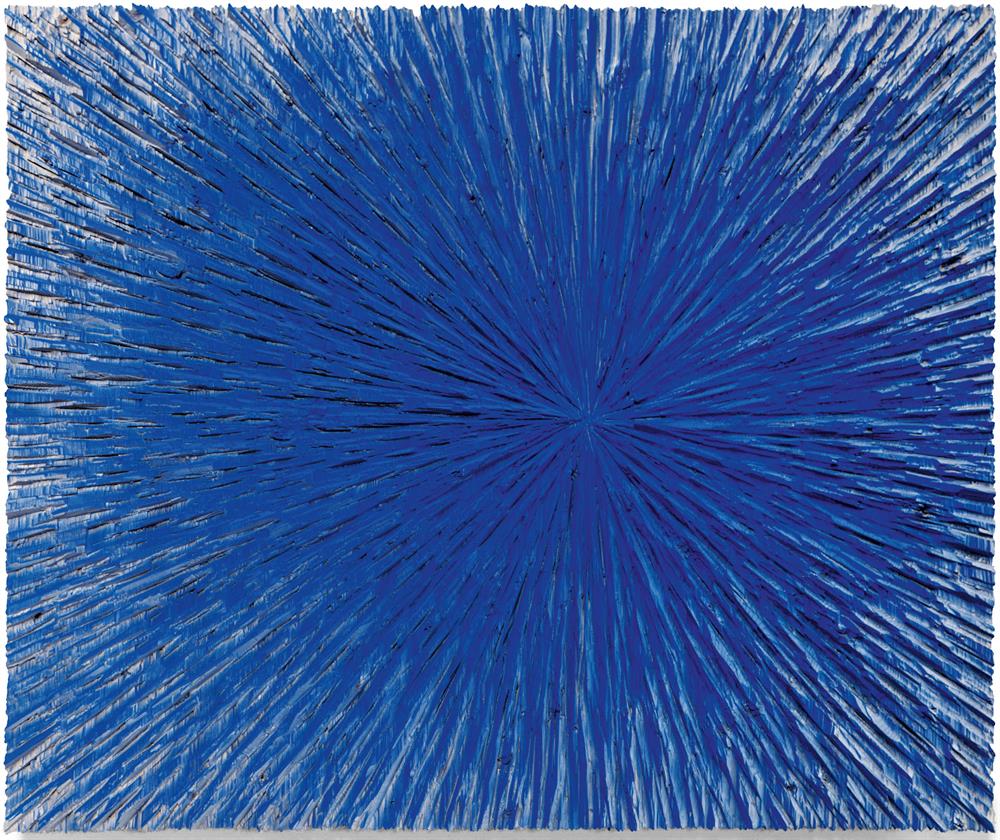
Haberpointner Alfred untitled 2021
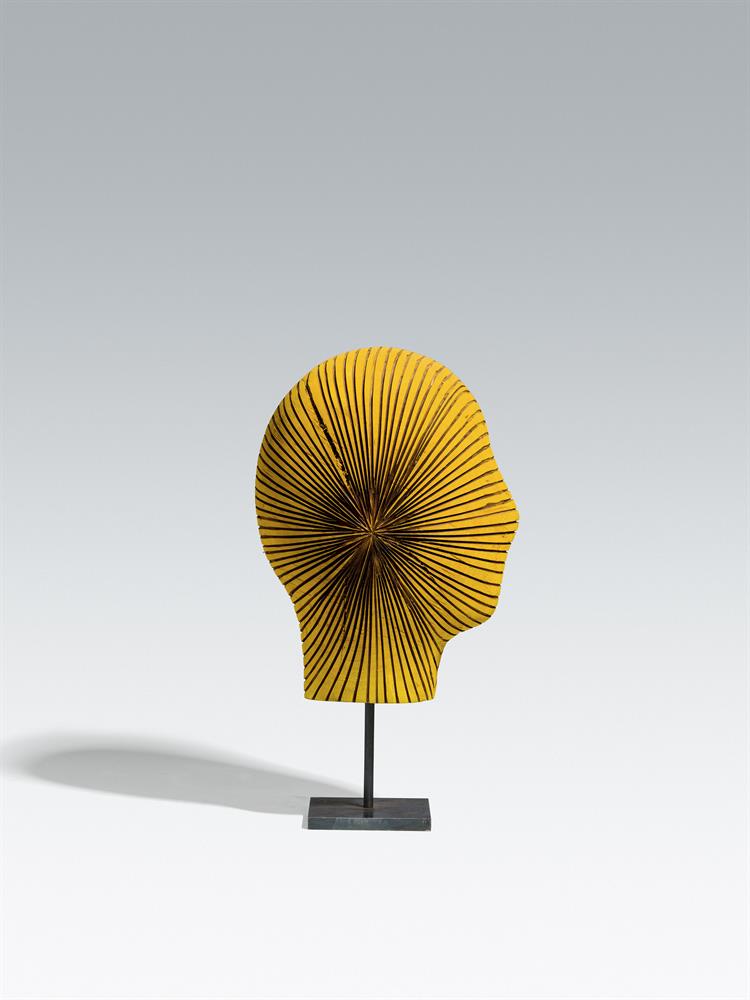
Haberpointner Alfred O. T. 2021
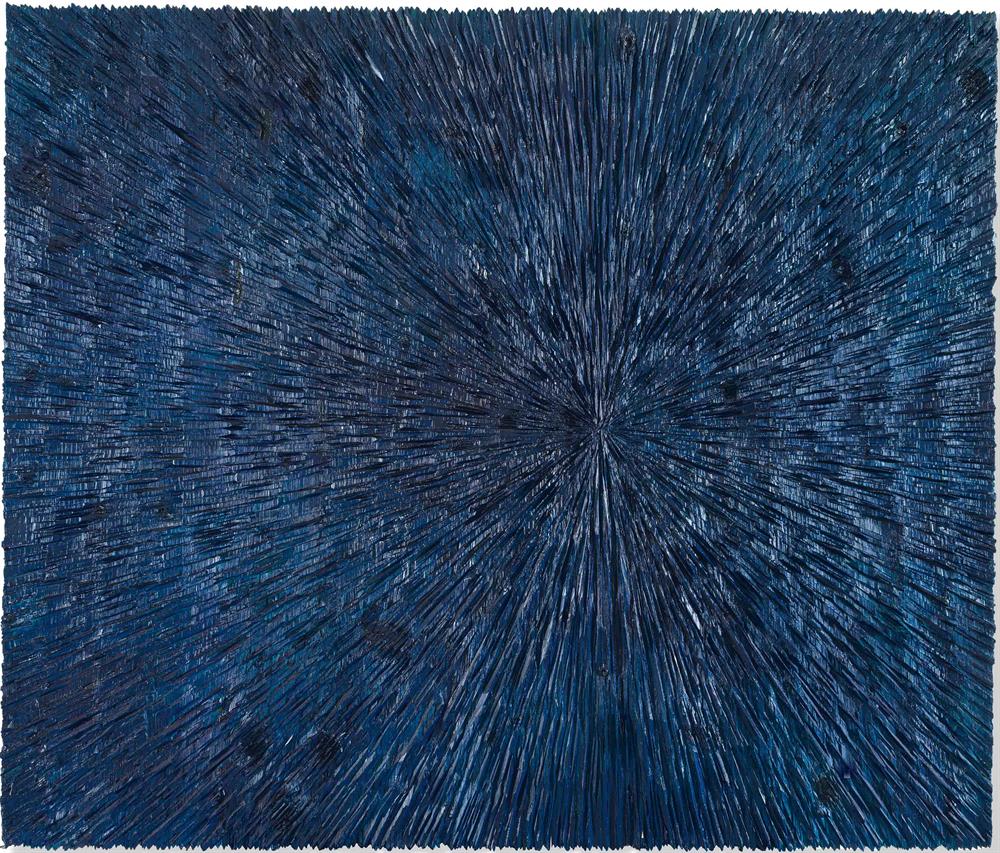 59
59Haberpointner Alfred O. T. 2014
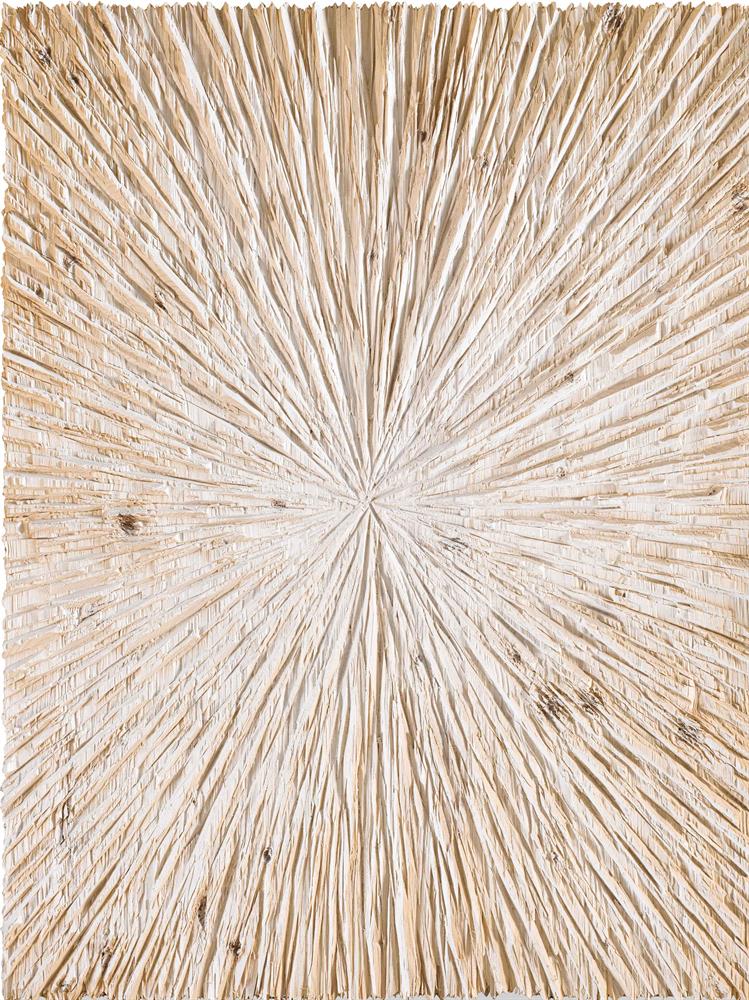 58
58Haberpointner Alfred O. T. 2023
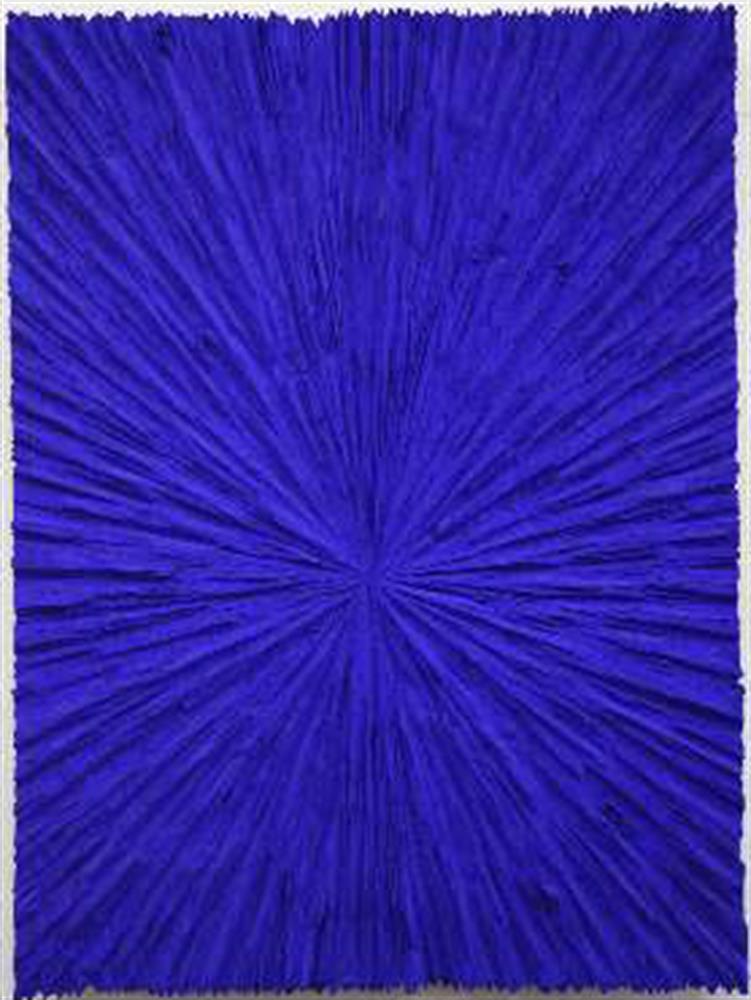
Haberpointner Alfred O. T. 2022

Haberpointner Alfred untitled 2020

Haberpointner Alfred Gewichtung 2004
Biography
Alfred Haberpointner, born in 1966 in Ebenau near Salzburg, graduated from the technical school for sculpture in Hallein and studied with Erwin Reiter afterwards at the University of Art and Industrial Design in Linz (now the Linz Art University). In 1992, one year after completing his studies, he already had his first solo exhibition. Numerous prizes and scholarships allowed the artist to spend time abroad in Italy, Germany, Paris and New York. Since the 1990s, he has regularly shown his work in various countries in Europe, the United Emirates and the USA. His sculptures are now part of the holdings of important private collections and public museums, such as in Austria those of the Salzburg Museum and the Museum der Moderne in Salzburg, the Museum Liaunig in Neuhaus, as well as the Dutch Museum Beelden aan Zee, or the Museum Würth in Germany. Since 2000 Alfred Haberpointner has lived and worked in Leonding near Linz and in his birthplace Ebenau. Alfred Haberpointner reduces in order to get to the essence, the actual core of things. "In the end...there are no more complicated forms, only simple ones, which are then shaped and fanned out on the surface in such a way that they interlock with the space."¹ This interlocking with the space comes to bear above all in his wall objects, to which he gives a texture all of their own through manual processing. "I would describe texture as an attempt to make something legible in a materiality, an existing piece of wood. Texture, as far as I understand it in my view, is nothing other than a trace.... It is the attempt to give the material a new appearance, to change its appearance to such an extent that a new creative situation results from it"² (Alfred Haberpointner). The head work form another focus in Alfred Haberpointner's oeuvre: "It began to bother me that I moved exclusively in the abstract realm and made no statements about people. So the head came into play again, differently of course from my naturalistic starting point. The head form I developed was already part of my repertoire and enabled me to thematise the human being anew and to address it in its existence..... The head is a possible form to address the subject of man as a representative."³ He himself also defines this way of working as the transfer into abstraction, the transformation of a natural object into a cultural, completely new state.
¹Alfred Haberpointner in: Maria Schneider, Alfred Haberpointner, Munich 2018, p. 59.
²Carl Aigner, Verhältnisse und Gewichtungen, in: Museum Würth, C. Sylvia Weber (ed.), Alfred Haberpointner. Konkrete Verwandlungen, exhibition catalogue, Museum Würth, Künzelsau 2004, p. 16.
³Alfred Haberpointner in: Schneider, p. 59, 67

